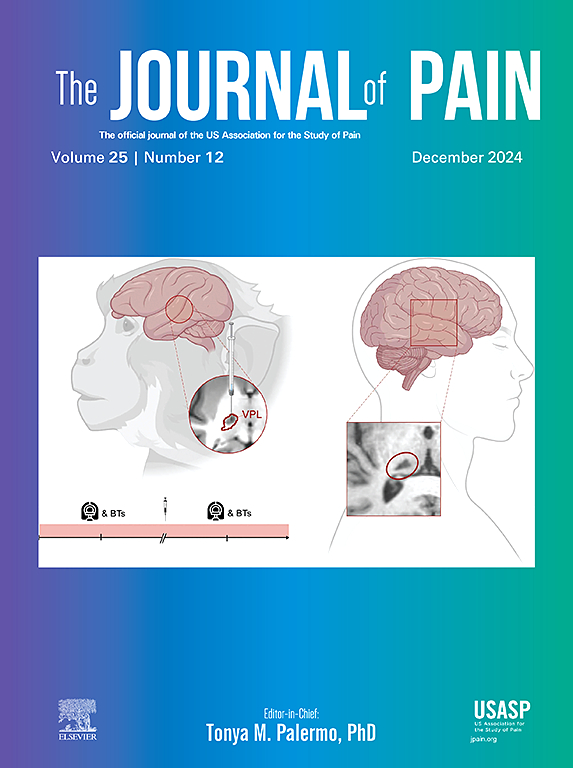De novo expression of neuropeptide Y in sensory neurons does not contribute to peripheral neuropathic pain
IF 4
2区 医学
Q1 CLINICAL NEUROLOGY
引用次数: 0
Abstract
Nerve damage induces a robust de novo expression of the pain-modulatory peptide neuropeptide Y (NPY) in large-diameter primary afferent neurons that innervate the dorsal horn of the spinal cord and the dorsal column nuclei. To determine whether this functions to modulate peripheral neuropathic pain in male and female mice, we selectively deleted the Npy gene in neurons of the dorsal root ganglion (DRG), without disruption of its expression in brain or dorsal horn neurons. We then subjected sensory neuron-specific NPY deletion mutant mice (Pirt-NPY) and their wild-type controls to either sham surgery, spared sural nerve injury (SNI) or spared tibial nerve injury (tSNI). Conditional Npy deletion did not change the severity or duration of static mechanical, dynamic mechanical, or cold allodynia in SNI or tSNI models, nor ongoing neuropathic pain as assessed with conditioned place preference to gabapentin. When injected after the resolution of tSNI-induced mechanical hypersensitivity (a latent pain sensitization model of chronic neuropathic pain), the NPY Y1 receptor-specific antagonist BIBO3304 equally reinstated mechanical hypersensitivity in Pirt-NPY mice and their wildtype controls. We conclude that nerve injury-induced upregulation of NPY in sensory neurons does not cause mechanical or cold hypersensitivity or ongoing pain, and that tonic inhibitory control of neuropathic pain by NPY in the spinal cord is mediated by release from dorsal horn interneurons rather than sensory neurons.
Perspective
This article answers the long-standing question as to whether nerve injury-induced upregulation of NPY in primary afferent neurons modulates neuropathic pain. We report that sensory neuron-specific NPY knockout did not change pain-like behaviors. CNS interneurons rather than sensory neurons likely mediate the well-documented phenomenon of spinal NPY analgesia.
求助全文
约1分钟内获得全文
求助全文
来源期刊

Journal of Pain
医学-临床神经学
CiteScore
6.30
自引率
7.50%
发文量
441
审稿时长
42 days
期刊介绍:
The Journal of Pain publishes original articles related to all aspects of pain, including clinical and basic research, patient care, education, and health policy. Articles selected for publication in the Journal are most commonly reports of original clinical research or reports of original basic research. In addition, invited critical reviews, including meta analyses of drugs for pain management, invited commentaries on reviews, and exceptional case studies are published in the Journal. The mission of the Journal is to improve the care of patients in pain by providing a forum for clinical researchers, basic scientists, clinicians, and other health professionals to publish original research.
 求助内容:
求助内容: 应助结果提醒方式:
应助结果提醒方式:


